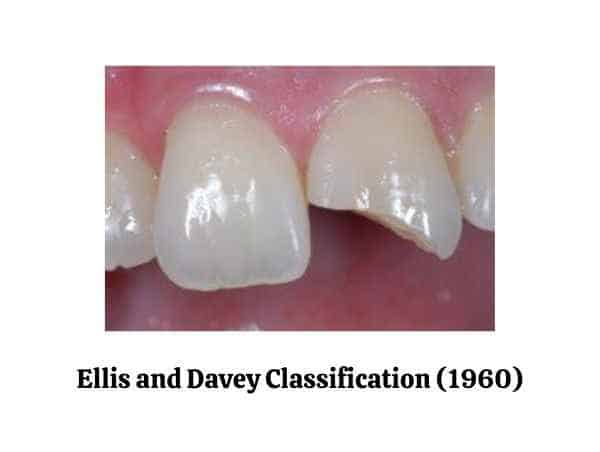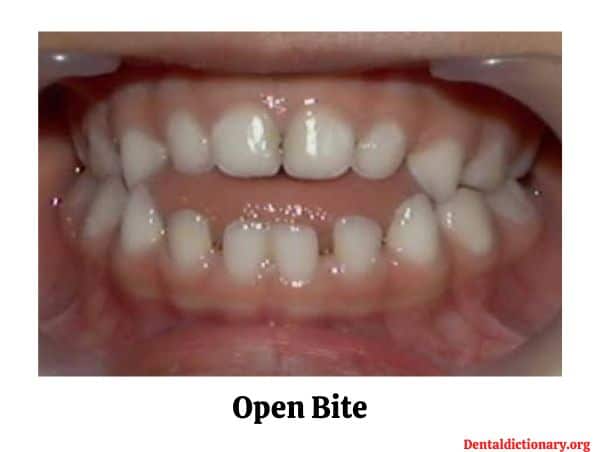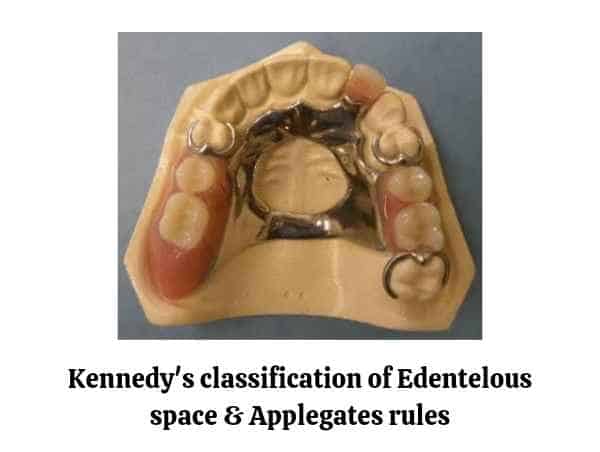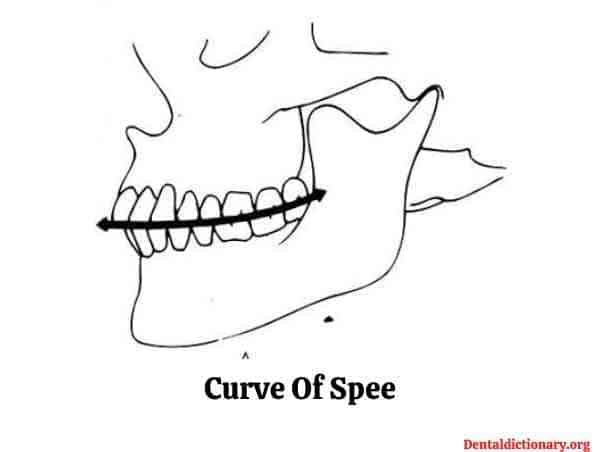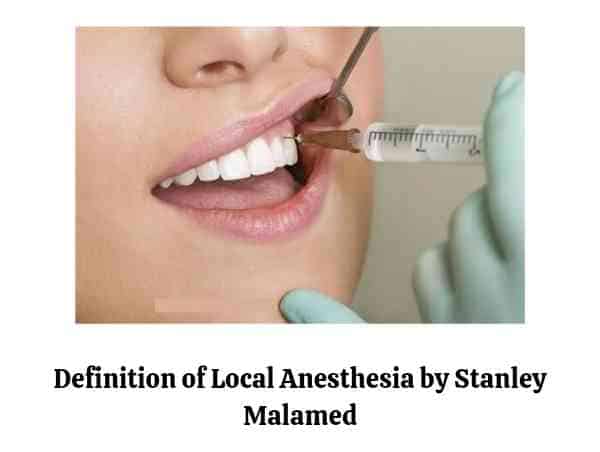Angle classification of malocclusion
Edward Angle gave the classification of malocclusion in 1899 and it is still used even after 100 years due to it’s simplicity in application. It is one of the most commonly used classification to classify malocclusion. Angle classification is based on the mesio-distal relation of teeth. According to him, The 1st permanent molar is the key to occlusion.
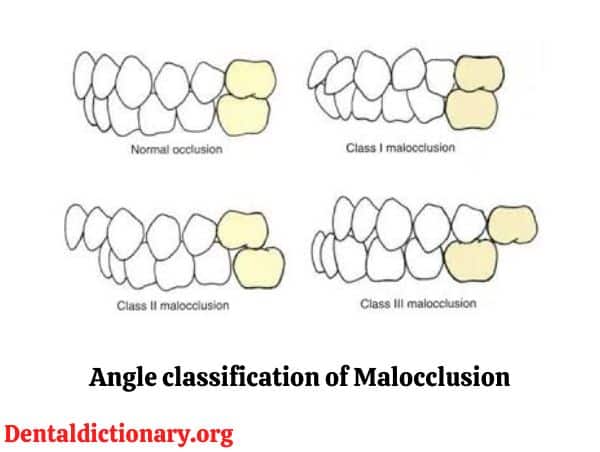
Based on the relation of lower and upper 1st permanent molar, Edward classified malocclusion in 3 major classes.
Angle Classification
- Class I
- Class II – Class II Division 1, Class II Division 2, Class II Subdivision
- Class III – Pseudo Class III , True Class III , Class III Subdivision
Angle Class I Malocclusion

Angle’s class I is characterized by the presence of normal inter-arch molar relation. The mesio-buccal cusp of maxillary 1st permanent molar occludes in the buccal groove of the mandibular 1st permanent molar. There can be dental irregularities like crowding, spacing or missing teeth along with the posterior normal occlusion. Bimaxillary protrusion with normal posterior occlusion is also considered under Class I malocclusion.
What is Bimaxillary protrusion?
The forward alignment of the upper and lower anterior teeth is called as bimaxillary protrusion. The incisal edges of the both maxillary and mandibular teeth are inclined forward.
Angle Class II Malocclusion
In angle Class II malocclusion, The mesio-buccal cusp of maxillary 1st permanent molar occludes anterior to the buccal groove of mandibular 1st permanent molar. In this malocclusion, patient is mostly seen with forward aligned maxillary anterior teeth.
Class II malocclusion is further classified in two more sub-groups and 1 subdivision.
Class II Division 1
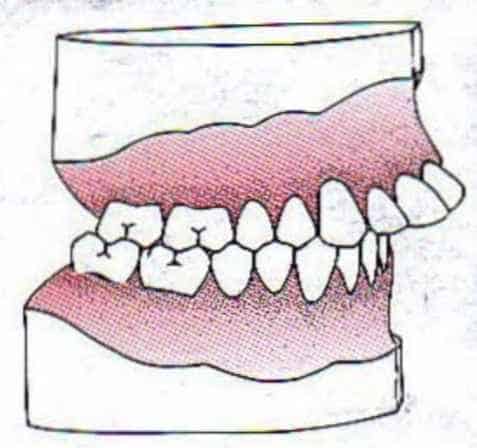
The class II division 1 is characterized by upper proclined incisors which causes an increased overjet. It mostly shows abnormal muscle activity i.e the upper lip remains hypotonic and cannot form lip seal with the lower lip. Another characteristic feature of class I division 1 is lip trap.
What is lip seal?
Lip seal is the other name used for closed lips. The seal formed between the upper and lower lips when they are closed is known as lip seal.
What is lip trap?
Lip trap is the trapping of the lip behind the anterior teeth. It is mostly seen in the angle class II division 1 malocclusion. The upper anterior teeth are forwardly inclined and creates pressure on the lower lip and thus, the lower lip is trapped beneath the proclined upper anteriors.
Class II Division 2

Class II division 2 also shows the features of Class II malocclusion but also has one more characteristic feature. In division 2, The upper central incisors are lingually reclined and the upper lateral incisors overlap the upper central incisors.
Class II Subdivision
In Class II subdivision, One side shows Class II malocclusion while the other side shows Class I malocclusion.
Based on whether it is division 1 or 2, it is classified as class II division 1 subdivision & class II division 2 subdivision.
Angle Class III Malocclusion
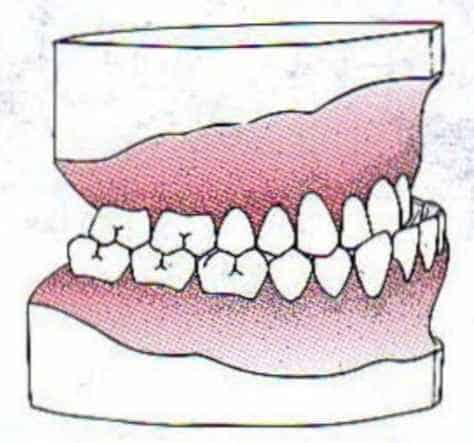
In angle class III malocclusion, the mesio-buccal cusp of the maxillary 1st permanent molar occludes in between the mandibular 1st and 2nd molar. This looks as the mandibular teeth are more proclined while the maxillary teeth are retroclined.
Class III is further divided into 2 subtypes and 1 subdivision.
Pseudo Class III
This malocclusion is produced due to forward closure of the mandible. The teeth are in normal occlusion but due to abnormal closure they are seen as class III malocclusion. Thus, it is known as pseudo class III. It can be due to many reasons such as:
- Presence of occlusal pre-maturities causing mandible to deflect forward.
- In case of premature loss of upper deciduous teeth, the child deflects mandible forward to make occlusion with the upper teeth.
- Due to enlarged adenoids, since child deflects mandible forward in an attempt to prevent the tongue with touching the adenoids.
True Class III
In true class III, The occlusion is correct but due to skeletal irregularities, the lower teeth are place forward. It occurs due to following reasons:
- Excessively large mandible
- Relatively Smaller maxilla
- Forwardly placed mandible
- Retro-positioned maxilla
- Combination of these cases
Class III Subdivision
This condition is characterized by Class III malocclusion on one side and Class I malocclusion on the other side.
Drawbacks of Angle Classification
Every theory has it’s drawbacks, so angle’s classification also has some drawbacks even after being in use for more than 100 years.
- Angle malocclusion only uses the anterio-posterior plane. The tranverse and vertical planes are not considered.
- He considered 1st permanent molars as the fixed point in skull but it is not.
- It cannot be applied to deciduous dentition.
- It cannot be applied if the first permanent molars are missing or extracted.
- The classification does not highlight the etiology of the malocclusion.
- It does not differentiate between dental & skeletal malocclusions.
- Angle didn’t considered individual tooth malalignments.
I hope the topic is clear now for all of you, If you still have any query then please comment below.
